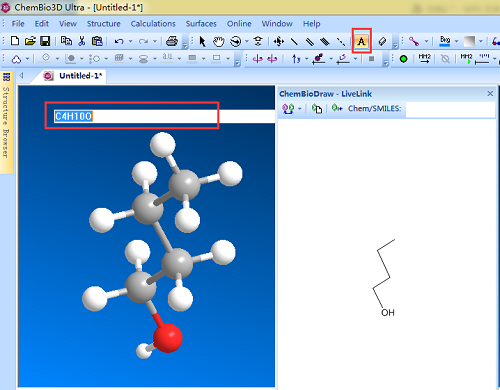


Once you have your first chair, determine if your parallel lines have upper right or upper left.ĭraw another chair using the steps described above, but change the direction of your top line. Yes the flip happens when one molecule changes its conformation to another, but the key to drawing the flip successfully is to… Ignore the first chair!Ĭounter-intuitive, I know, but trust me this method works. (stay tuned) However, drawing the ring flip doesn't have to be as hard as students think. The logic and reasoning behind the chair conformation ring flip will be discussed in my upcoming chair conformations video series. In using this trick you simply match the numbers and let your molecule quickly fall into place If the substituent is dashed, add it to the down substituent (dashes down)

Identify the carbon number for the first substituent, if it's wedged add it to the up position. Number the carbons in your cyclohexane and in your chair.Ĭlockwise or counterclockwise doesn't matter, as long as you use the same direction for both molecules. I find students get so confused when they try to match the cyclohexane to the drawing.Īll I care about matching are the numbers. Do NOT draw these straight in the x or y plane. But unlike the axial line, this one will start on the carbon and form a slight angle outward of the chair drawing. Draw the equatorial substituent up or down, the reverse of the axial substituent. Pick any ONE carbon and locate its axial substituent. The chair conformation has alternating axial up, axial down… so once you have that single axial substituent move on to.Īlternate your axial substituents up and down all the way around your cyclohexaneĮvery carbon on the chair conformation has 1 substituent axial and the other equatorial. If axial is up equatorial is down, if equatorial is up then axial is down. Identify the ‘up tip' OR ‘down tip' of your chair conformation, and draw a straight line up (up tip) or down (down tip) parallel to the y-plane. And even more important to show what is axial and what is equatorial.
CHEMDRAW NAME TO STRUCTURE HOW TO
It's important to understand how to position your substituents. Kinda sounds like the directions for drawing a cyclohexane, doesn't it?īut the chair confirmation doesn't stop here. Place a dot above the upper opening, and another below the lower opening Top left or top right will give you alternate chairs. ‘Bowties' as I like to call them, are ok for the computer generated chair conformation. Here is my simple version which my tutoring clients use on exams with great success.ĭraw 2 parallel lines slightly offset from each other. Worse, it's really difficult to show which substituents are axial vs equatorial. Most books will show a chair conformation slightly sideways, making it impossible to copy. This is where the messiness and confusion arises. Drawing the Cyclohexane Chair Conformation


 0 kommentar(er)
0 kommentar(er)
